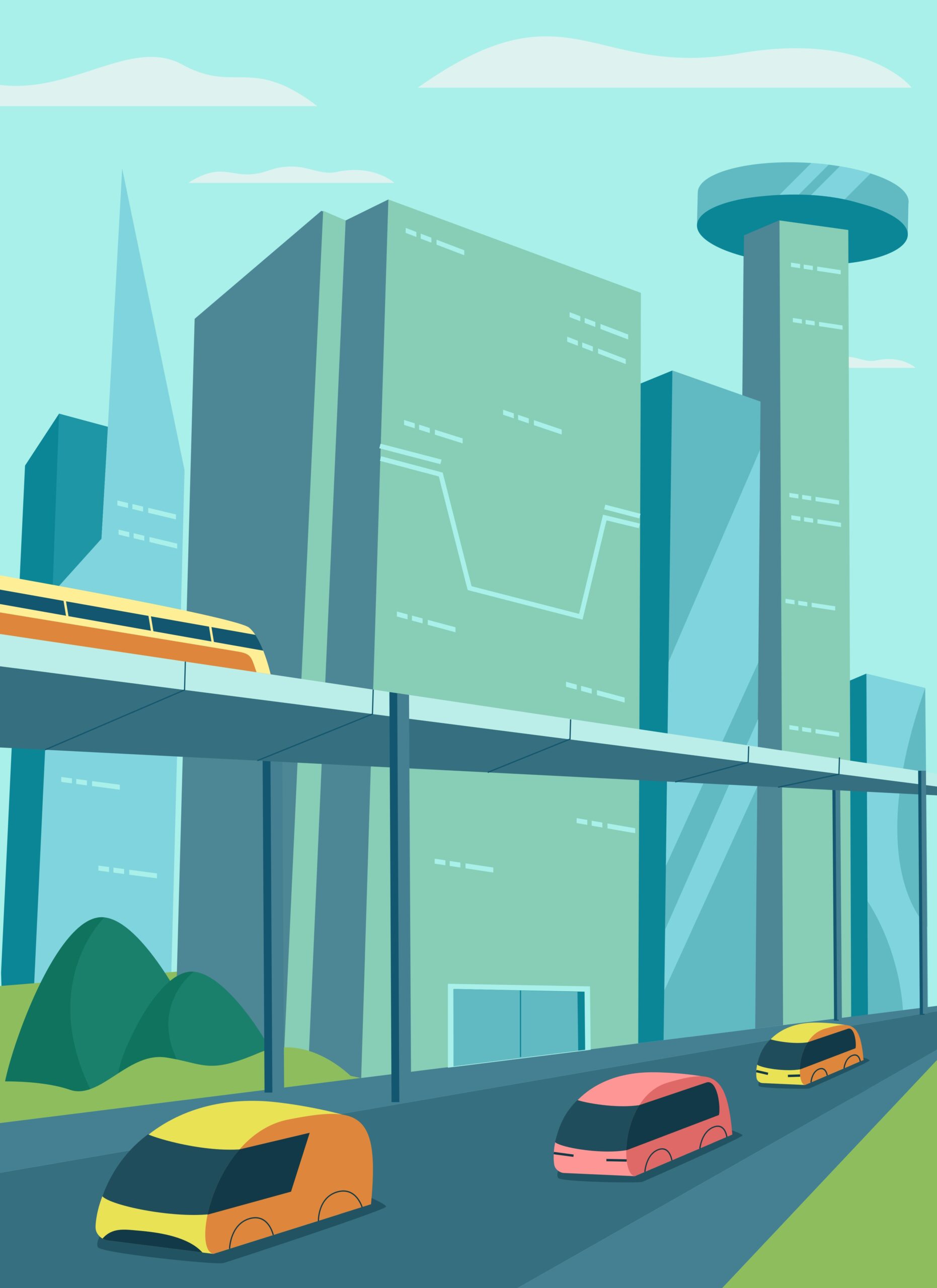Some people using Suno 4.5+ have noticed something. That is, this version often adds a lot of reverb to the songs.
What is Reverb?
Reverb is a sound effect. It makes music sound like it was made in a big room or hall. Sometimes, too much reverb can make the singing or instruments sound far away or fuzzy.
Why does Suno 4.5+ do this?
- Sometimes, AI thinks adding more reverb sounds “fancy” or “professional,” especially for popular styles of music.
- The computer model in Suno might be set to add extra reverb by default, so songs feel bigger or more “epic.”
What can you do about it?
- If your song has too much reverb, you can use music software to fix it. Programs like iZotope Ozone or other audio editors can help reduce the effect.
- If you use stems (which are separate tracks for each part of the song), you can remove the reverb using plugins like Dereverb.
If you care about good sound and clear music, you might already know ways to mix music and make it sound better.
Pro tip for you:
- Try following the 0.5dB rule when mixing, or use plugins that help control sound.
- If you talk about this problem with other Suno users on forums, or give feedback to the company via email, they might update the tool in the future to fix the reverb problem.


